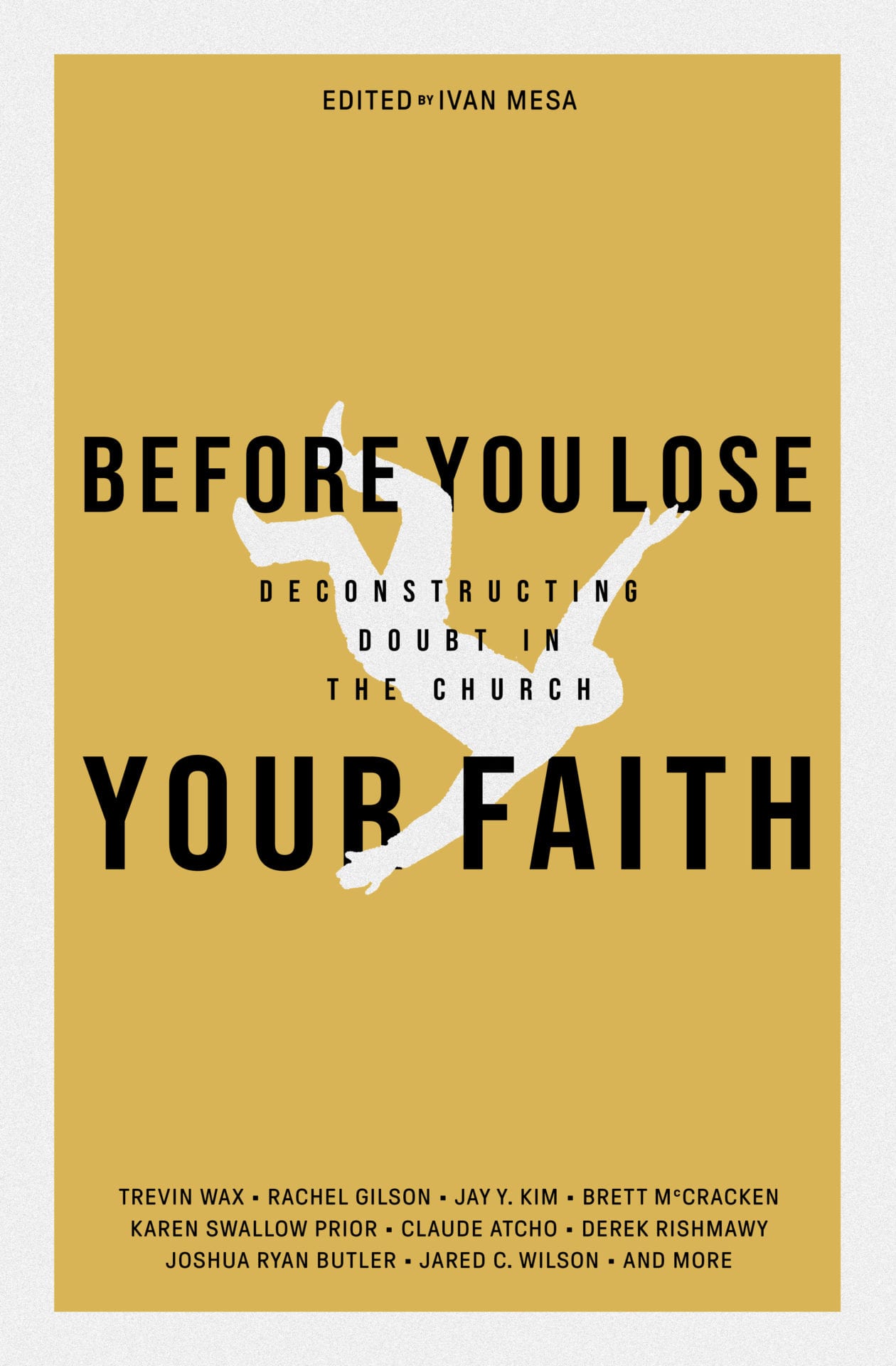Because several genocides began in April or have a major anniversary in the month, many organizations and institutions around the world have set aside April to be a month of genocide awareness and action against genocide. Here are nine things you should know about genocide in the twentieth- and twenty-first centuries:
1. The term genocide was coined in the 1940s by Raphael Lemkin from the rooted words genos (Greek for family, tribe, or race) and –cide (Latin for killing). Lemkin, a Polish lawyer who emigrated to the U.S. in 1941, drafted the Convention on the Prevention and Punishment of the Crime of Genocide, a resolution which was adopted by the United Nations General Assembly in 1948. The Genocide Convention was the first human rights treaty adopted by the General Assembly of the United Nations.
2. Article 2 of the Convention defines genocide as any of the following acts committed with intent to destroy, in whole or in part, a national, ethnic, racial or religious group:
(a) Killing its members;
(b) Causing serious bodily or mental harm to members of the group;
(c) Deliberately inflicting on the group conditions of life calculated to bring about its physical destruction in whole or in part;
(d) Imposing measures intended to prevent births within the group;
(e) Forcibly transferring children of the group to another group.
3. In what is widely considered the first genocide of the twentieth century, the Ottoman Empire subjected the Armenian people to deportation, expropriation, abduction, torture, massacre, and starvation during World War I. The genocide began on April 24, 1915, when the Turkish government arrested and executed several hundred Armenian intellectuals. A group of nationalists known as the “Young Turks” organized “killing squads” or “butcher battalions” to carry out, as one officer put it, “the liquidation of the Christian elements.” An estimated 1.5 million of the 2 million Armenians living in the Ottoman Empire died between 1915 and 1923.
4. On January 20, 1942, Hitler’s official plan for genocide was developed at the Wannsee Conference. Fifteen Nazi leaders, which included a number of state secretaries, senior officials, party leaders, SS officers, and other leaders of government departments, held the meeting to discuss plans for a “final solution to the Jewish question in Europe.” The most commonly cited figure for the total number of Jews killed is six million — around 78 percent of the 7.3 million Jews in occupied Europe at the time. Additionally, the Nazis murdered approximately two to three million Soviet POWs, two million ethnic Poles, up to 1,500,000 Romani, 200,000 handicapped, political and religious dissenters, 15,000 homosexuals, and 5,000 Jehovah’s Witnesses, bringing the total genocide toll to around 11 million.
5. One of the most horrific genocides to occur after the signing of the Genocide Convention occurred in Cambodia between 1975 and 1979. During that time, about 1.5 million Cambodians out of a total population of 7 to 8 million died of starvation, execution, disease, or overwork because of Pol Pot and his communist Khmer Rouge movement. Pol Pot died in his sleep on April 15, 1998, due to heart failure. To date, a United Nations-backed tribunal has convicted only a handful of Khmer Rouge leaders of crimes against humanity.
6. The Rwandan Genocide was a genocidal mass slaughter of Tutsi and moderate Hutu in Rwanda by members of the Hutu majority. During the approximate 100-day period from April 7, 1994 to mid-July an estimated 800,000 Rwandans were killed, constituting as much as 20 percent of the country’s total population and 70 percent of the Tutsi then living in Rwanda.The U.S. was reluctant to get involved in the “local conflict” in Rwanda and initially refused to label the killings as “genocide.” Then-president Bill Clinton later publicly regretted that decision in a television interview. Five years later, Clinton stated that he believed that if he had sent 5,000 U.S. peacekeepers, more than 500,000 lives could have been saved.
7. In 1998, the International Criminal Tribunal for Rwanda established the precedent that rape during warfare is a crime of genocide. In Rwanda, HIV-infected men had participated in the mass rape of Tutsi women. That same year the Tribunal also had the first genocide conviction when Jean Paul Akayesu, the Hutu mayor of the town, Taba, was convicted of genocide and crimes against humanity.
8. In 2002, an international treaty established the International Criminal Court (ICC) a universal response to past and present atrocities. The ICC is a treaty-based criminal court that can only try individuals for designated atrocity crimes. The ICC Is a permanent court, unlike the two ad hoc International Criminal Tribunals for the former Yugoslavia and Rwanda, that has the power under certain conditions to investigate and prosecute individuals accused of committing an atrocity crime within the ICC’s jurisdiction after July 1, 2002. As of 6 January 2015, 123 states have ratified or acceded to the Rome Statute. (The U.S. has made it clear it will not ratify this treaty.)
9. In 2003, two rebel organizations took up arms against the government of Sudan. In response, the government unleashed Arab militias known as Janjaweed, or “devils on horseback”, which attacked hundreds of villages throughout Darfur. Over 400 villages were completely destroyed and millions of civilians were forced to flee their homes. The genocide in Darfur killed 480,000 and displaced over 2,500,000 people. In 2004, the U.S. Congress passed a resolution calling for unilateral or multinational action to stop the genocide in Darfur, Sudan.
Recent posts in this series:
Church Architecture • Auschwitz and Nazi Extermination Camps • Boko Haram • Adoption • Military Chaplains • Atheism • Intimate Partner Violence • Rabbinic Judaism • Hamas • Male Body Image Issues • Mormonism • Islam • Independence Day and the Declaration of Independence • Anglicanism • Transgenderism • Southern Baptist Convention • Surrogacy • John Calvin • Prayer in the Bible • The Rwandan Genocide • The Chronicles of Narnia • The Story of Noah • Fred Phelps and Westboro Baptist Church • Pimps and Sex Traffickers • Marriage in America • Black History Month • The Holocaust • Roe v. Wade • Poverty in America • Christmas • The Hobbit • Council of Trent • C.S. Lewis • Orphans • Halloween and Reformation Day • World Hunger • Casinos and Gambling • Prison Rape • 6th Street Baptist Church Bombing • 9/11 Attack Aftermath • Chemical Weapons • March on Washington • Duck Dynasty • Child Brides • Human Trafficking • Scopes Monkey Trial • Social Media • Supreme Court’s Same-Sex Marriage Cases • The Bible • Human Cloning • Pornography and the Brain • Planned Parenthood • Boston Marathon Bombing • Female Body Image Issues
Free Book by TGC: ‘Before You Lose Your Faith’
 Many young people are walking away from Christianity—for reasons ranging from the church’s stance on sexual morality, to its approach to science and the Bible, to its perceived silence on racial justice.
Many young people are walking away from Christianity—for reasons ranging from the church’s stance on sexual morality, to its approach to science and the Bible, to its perceived silence on racial justice.
TGC’s book Before You Lose Your Faith: Deconstructing Doubt in the Church is an infusion of hope, clarity, and wisdom in an age of mounting cynicism toward Christianity.
For anyone entering college or the workplace and looking for a timely reminder of why Christianity is good news in a skeptical age, make sure to get your FREE ebook Before You Lose Your Faith today!


































